Ferrous Scrap

Miller on Scrap: The ramifications of 25% tariffs on scrap imports from Mexico and Canada
Written by Stephen Miller
March 4, 2025
The ferrous scrap markets both domestically and internationally will feel the impact of President Trump’s blanket tariffs of 25% on nearly all imports from Mexico and Canada.
We really don’t know yet what and how severe the impact will be. But we do know ferrous scrap will become more expensive in the US. And it will be less expensive for Canadian mills.
The larger consequences will be felt on the Canadian front. Even so, in the Southwest, the tariffs on Mexico will lower prices for Mexican scrap. And they might limit normal flows across the border.
Deep-sea market impact
In the deep-sea markets, and this applies mainly to Turkey, prices have been relatively stable or slightly higher. Prices from Northern Europe have inched up into the high $350s per metric ton (mt) delivered for HMS 80/20, with shredded carrying its established premium of $20/mt.
Exports to Turkey from the US have been very scattered with price tags for HMS increasing into the low $360s/mt CFR. Most US-based exporters do not want to export shredded since the potential price difference could be as much as $100/mt higher here in March. It is unclear how exports from Canada to Turkey would be affected. There has been very limited activity in the export theater lately.
Impact on Canada
How will the lowering of prices on Canadian-produced scrap factor into the US market? After all, if Canada exports to the US, there must be an overhang of material that needs a home. As Canada transitions to EAF production, this overhang should be reduced.
But Section 232 on Canada could bring the total tariff on Canadian steel to 50%. That could make the reduced-overhang forecast “inoperative.” (Pardon my Watergate terminology.)
SMU contacted a steel mill source within the Canadian scrap importing district about the situation. He thinks the Canadian scrap market will weaken due to the overhang currently existing. As a possible silver lining for US scrap pricing, he theorizes, the 25% tariffs could be used to cap the US scrap market. That’s because steelmakers could decide to import the price-weakened Canadian material and pay the tariff to keep a lid on prices paid to domestic suppliers.
It’s either that, “Or will the Canadian market stay flat and the American market explode? We will see,” he said. In my opinion, US-based EAF steelmakers have been overpaying for Northern European cargoes of busheling and bundles for many years to keep the US scrap sellers in line. There were just no tariffs to absorb, only freight.
How much higher will US scrap prices go?
Projections for domestic scrap price increases for March shipment are $50 per gross ton (gt) for both prime and shredded. And that was without considering the tariffs. Now that the tariffs are on, the general feeling is the grades of #1 Busheling and #1 Bundles will be impacted more than shredded and other obsolete grades.
It’s often said that a rising tide lifts all boats. We just don’t know how high the crest will be.

Stephen Miller
Read more from Stephen MillerLatest in Ferrous Scrap
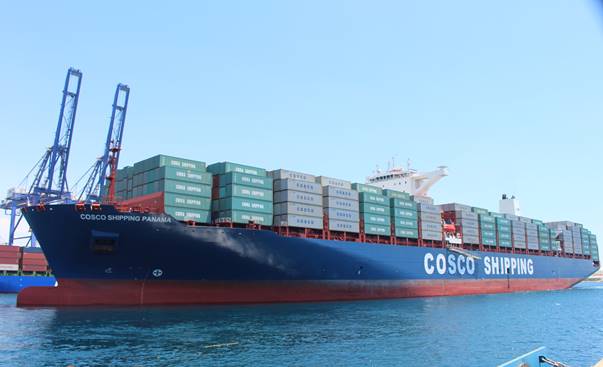
Ferrous scrap export activity resumes
Ferrous scrap export activity has picked up steam.
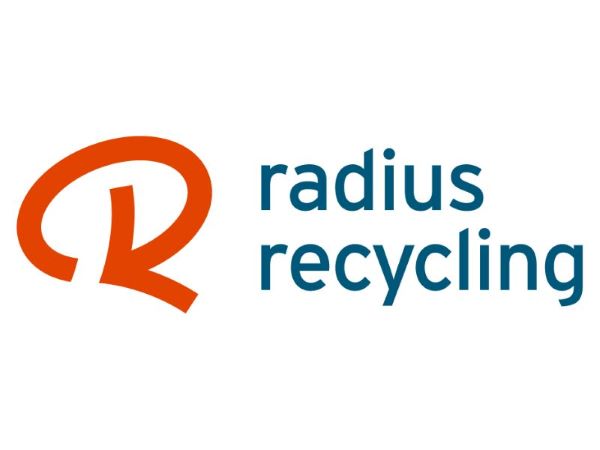
Radius loss narrows, volumes climb in ‘healthy’ West Coast market
Stronger steel demand in the Western US, rising scrap flows, and improved rolling mill utilization drove sequential gains for Portland, Ore.-based Radius Recycling.
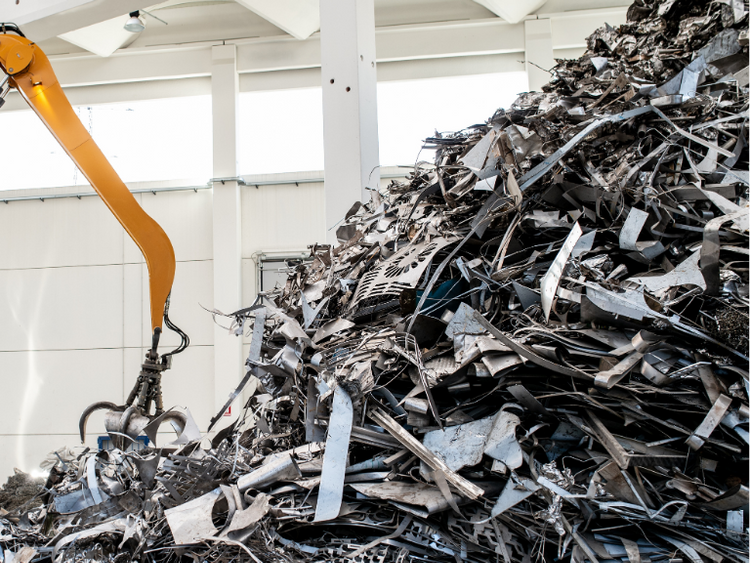
Ferrous scrap mart enters ‘summer doldrums’
Summer doldrums hit the US ferrous scrap market.
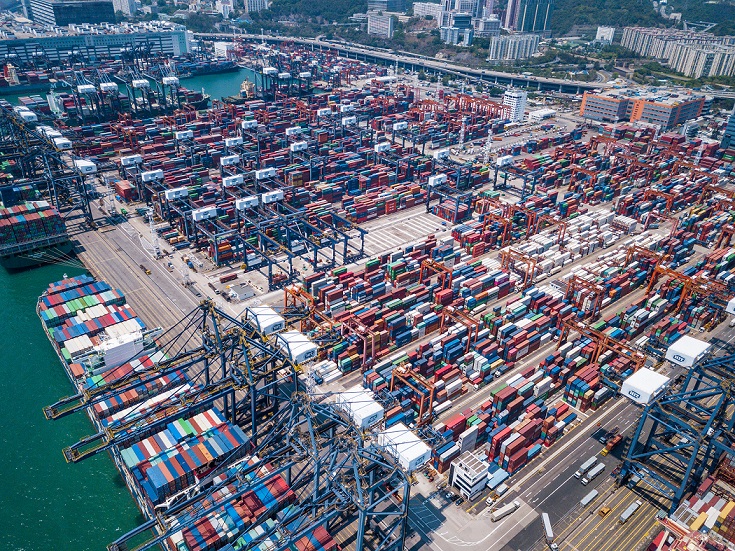
Bulk freight increases complicate ferrous trade flows
Freight rates have risen $30-$50 on transatlantic cargoes, depending on the final destination.
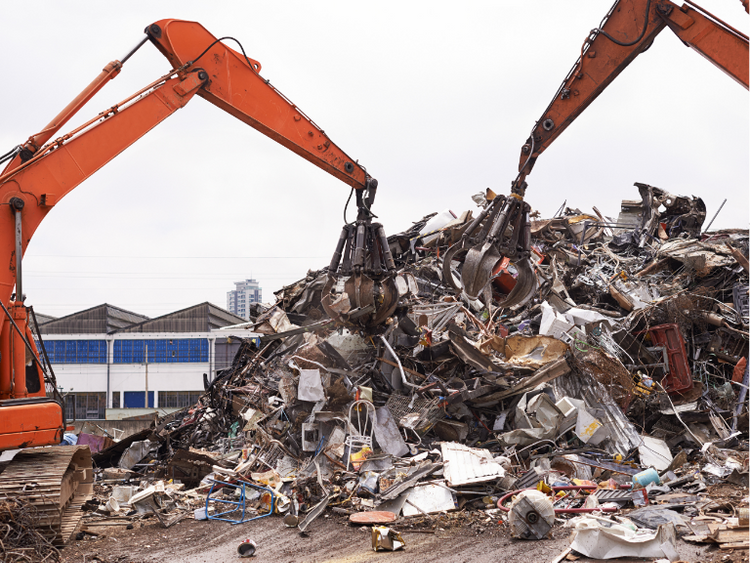
Ferrous scrap market outlook brightens
Ferrous scrap sentiment picks up.
